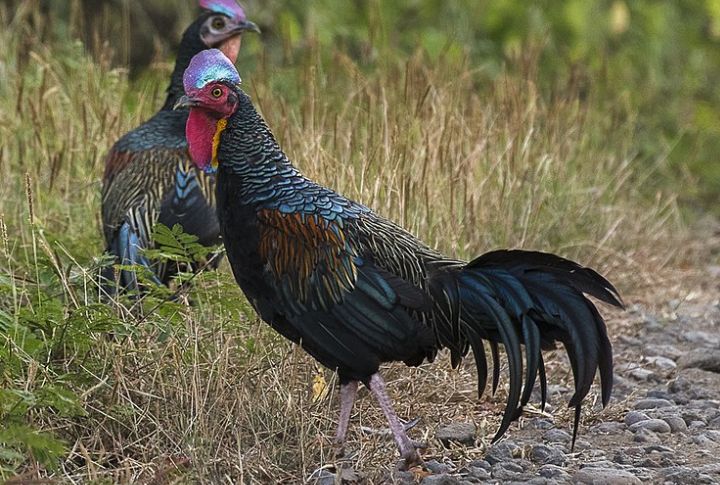
Nature apparently decided to go all-out when designing certain birds that prefer walking over flying. These creatures strut around with colors so vibrant they’d make a sunset jealous, yet somehow, they’ve stayed under the radar for most people. It’s time to meet some that redefine what beautiful birds actually look like.
Indian Peafowl
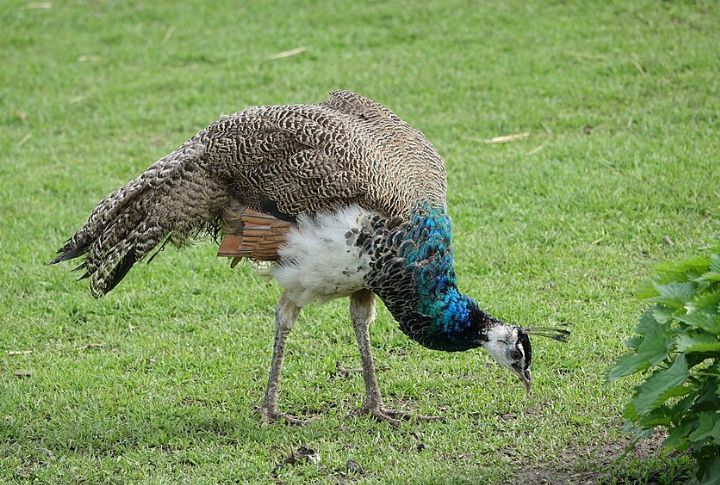
Tails of Indian peafowls stretch beyond five feet, but the crazy part is that females care more about how even the feather pattern looks than how bright it is. Each circular “eye” on the peacock’s tail catches sunlight differently, which creates this mesmerizing effect that has kept people fascinated for ages.
Golden Pheasant
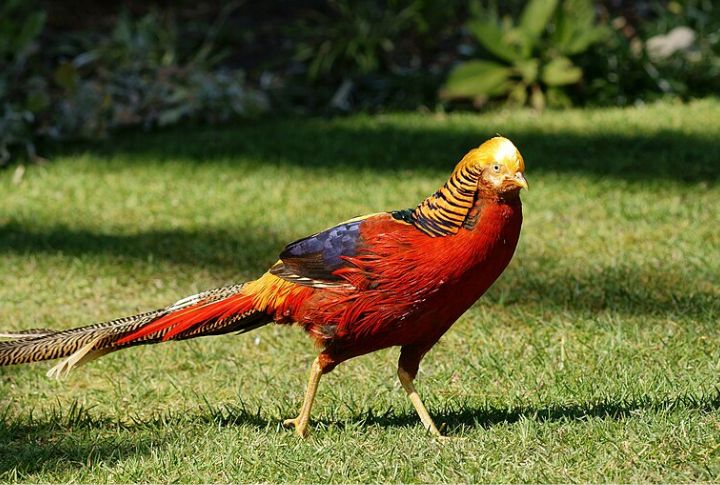
China’s forests are home to what looks like a bird dipped in liquid gold and set on fire. When male golden pheasants start their mating displays, they puff up their golden cape, which makes rustling sounds. The whole thing is so over-the-top theatrical (but breathtaking) that you’d think someone made them up for a fairy tale.
Palawan Peacock-Pheasant
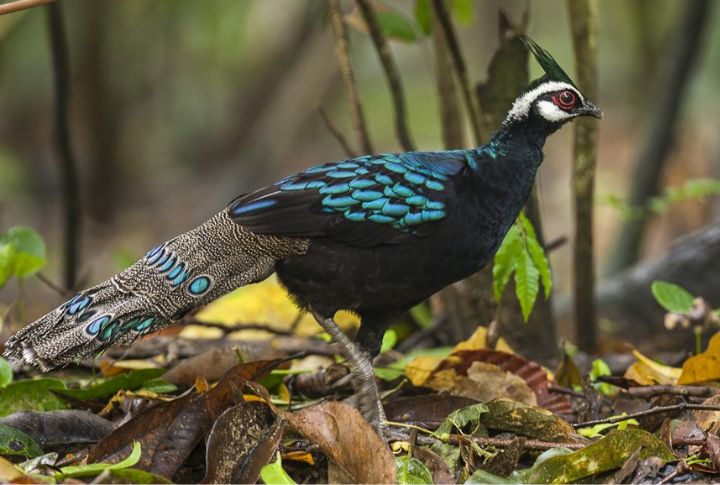
Just imagine a bird so enchanting that it’s called the guardian spirit on Palawan Island in Southeast Asia. The locals there have stories about how the male’s tail glows with colorful eyespots during his courtship dance, making the mystical connection obvious. However, sadly, the home of these birds is shrinking fast.
Himalayan Monal
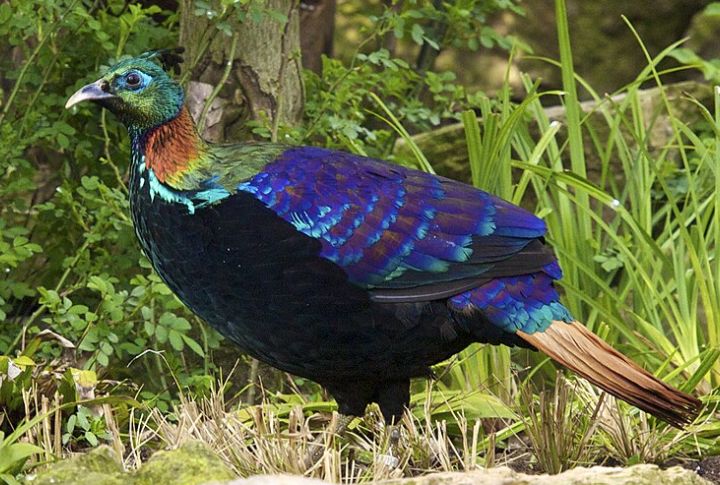
Also known as Nepal’s national bird, Himalayan monals live up in the high mountain meadows. Males wear armor made of shifting colors—copper one second, deep violet the next—which depends on how the light hits them. Even mountain predators often stop in their tracks, stunned by the display these birds put on while foraging peacefully.
Gray Peacock-Pheasant
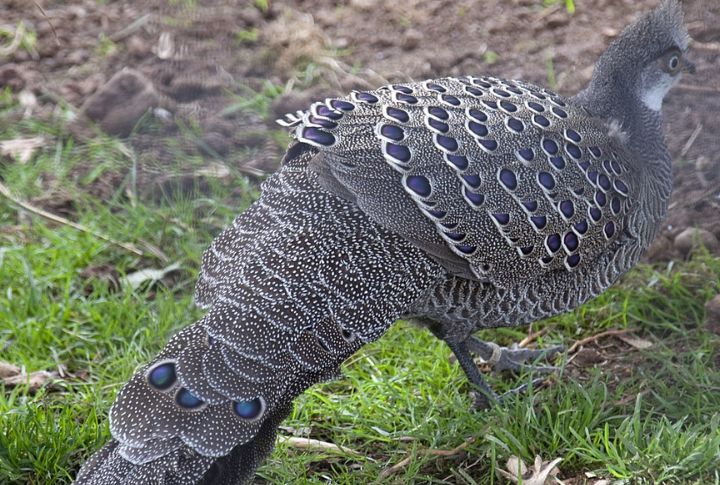
You’ll hear the deep, echoing calls of the gray peacock-pheasant long before you spot it in Southeast Asian forests. Its speckled feathers look exactly like blinking eyes, which blend perfectly into the undergrowth. With camouflage that is so perfect, this gorgeous bird can disappear right in front of your eyes.
Ocellated Turkey
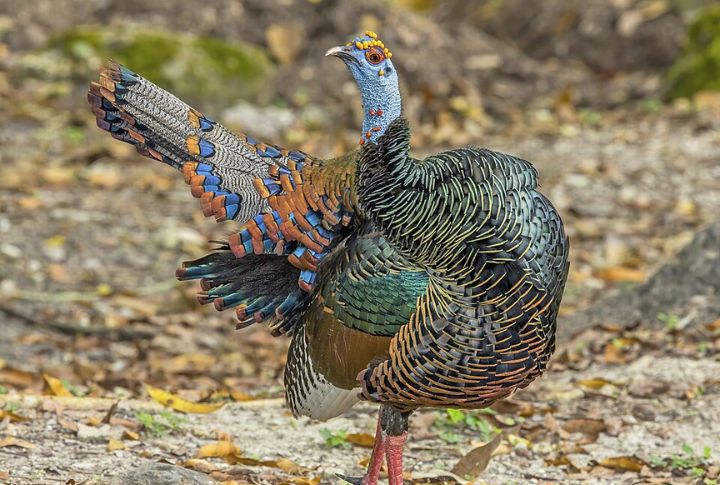
Regular turkeys look a bit boring next to this Yucatan beauty. Bronze and green iridescent feathers cover their bodies, while their tails have eye-like spots that seem to stare back at you. And a fun fact—male ocellated turkeys create rhythmic beats by drumming their feet to talk to each other.
Crested Fireback
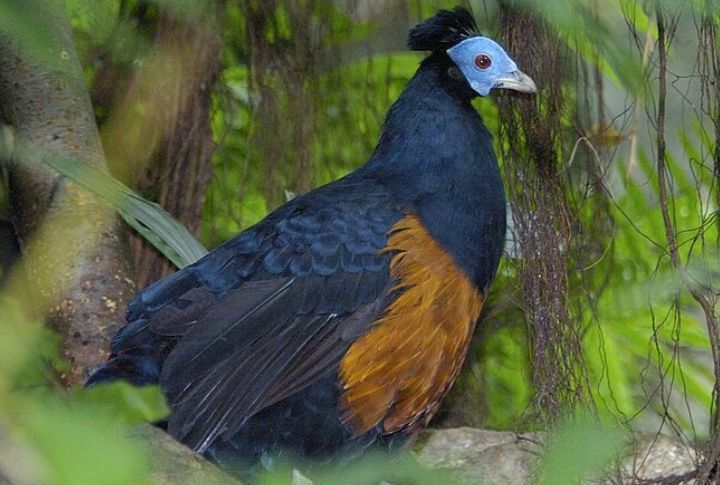
These sleek birds with glossy dark blue wings and fiery reddish-brown rumps move around in small groups in Malaysian jungles, scratching through fallen leaves on the forest floor. The big, dramatic crests on their heads help them recognize each other in the dim jungle light where visibility is limited.
Green Junglefowl
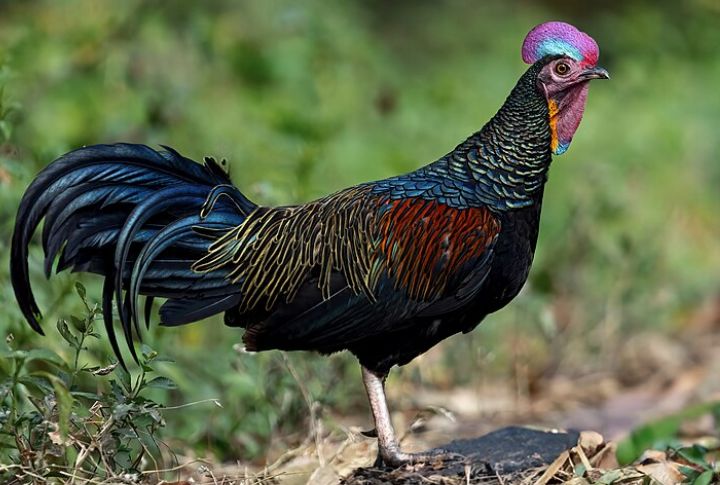
Will you believe that green junglefowl helped create the chickens we know today? Well, a study by the National Library of Medicine says that domestic chickens descended partly from them. The feathers of these Indonesian birds shift between gold and green as they move through forest shadows. When dawn breaks, their sharp calls echo through the trees.
Cheer Pheasant
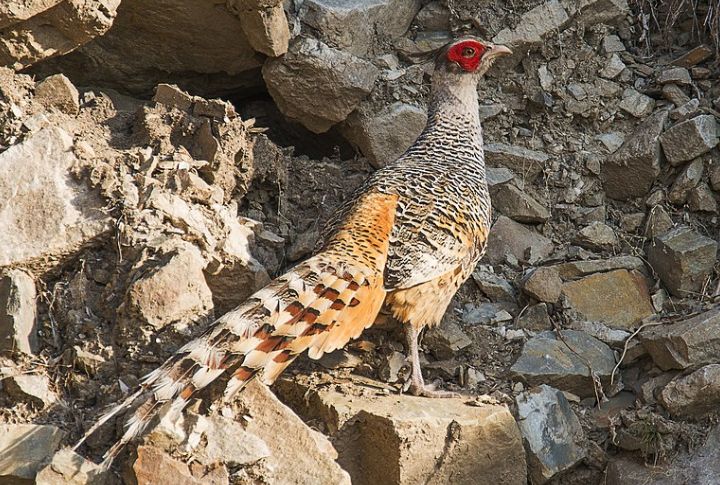
High up on Himalayan slopes, if you hear a soft rustle, it might be from one of these long-tailed birds. Their brownish-yellow color blends perfectly with rocks and bushes, which makes them almost invisible. These endangered birds are known for forming strong pair bonds and calling softly just after sunrise, then vanishing into the background.
Reeve’s Pheasant
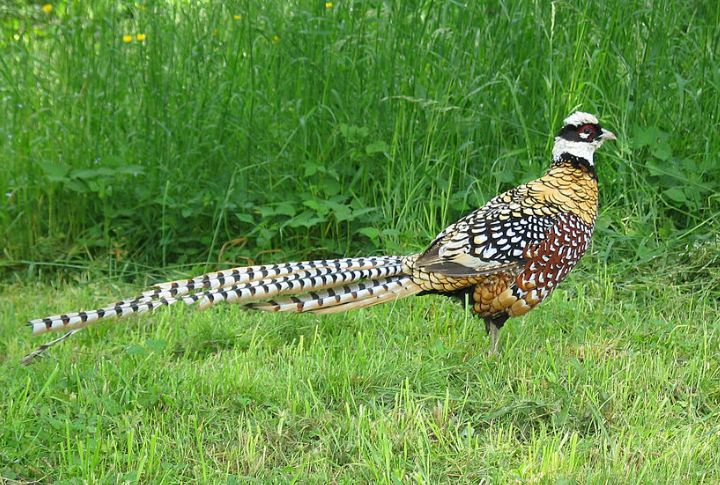
The tail feathers of male reeve’s pheasants can grow longer than a full-grown human – we’re talking over six feet of pure elegance. Gold, red, and white feathers create these mesmerizing geometric patterns that look unreal. Originally from China, these birds are so stunning that people keep them in private collections just for their grandeur.
Copper Pheasant
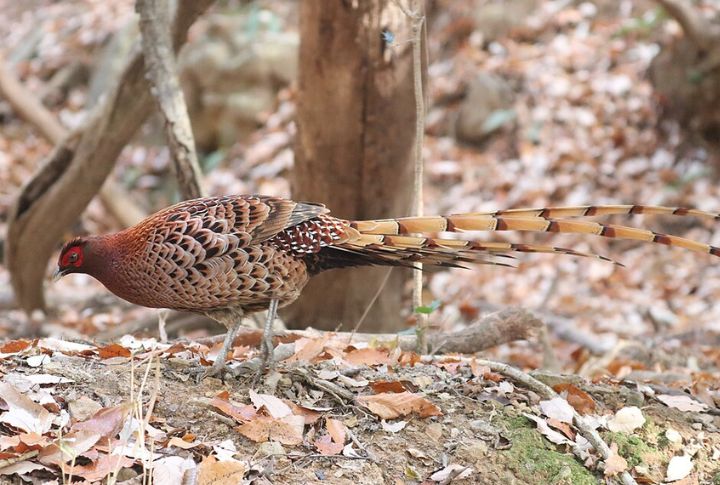
Japan’s forests come to life with the gentle whistling calls that belong to these reddish-brown beauties. They’re terrible fliers but incredibly fast runners, disappearing into the undergrowth before you even realize they are there. Birdwatchers spend hours tracking their movements along moss-covered trails and hope to catch a glimpse of this island species.
Blood Pheasant
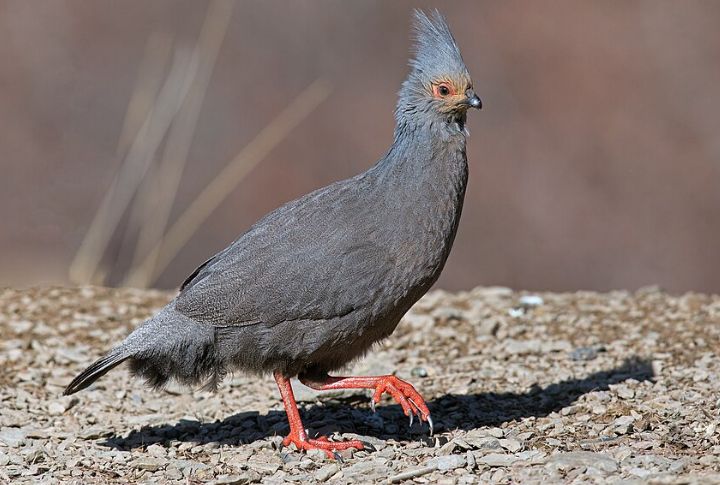
The bright red streaks against the gray feathers of the blood pheasant are how these birds got their name. Winter brings them together in small flocks across the cold Himalayan peaks, where males become especially striking against snowy rocky slopes. The bold red color makes them easy to spot in such harsh mountain conditions.
Satyr Tragopan

Satyr tragopans are some of the shyest birds to ever exist. During the breeding season, males inflate bright blue throat flaps and spread their wings in a beautiful display. These birds are found in the dense, misty forests of the Eastern Himalayas, where they live well hidden from curious human eyes.
Siamese Fireback
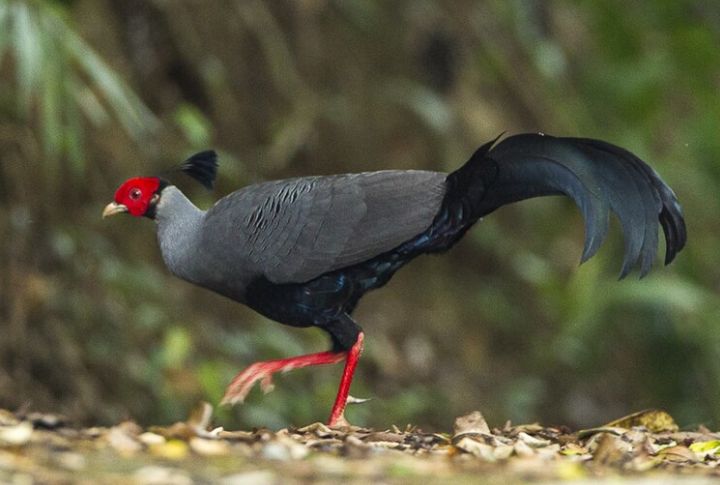
Thailand’s national bird is hard to miss, with sleek silver-blue feathers, a long black tail, and a strut full of confidence. You’ll hear its sharp calls repeat through bamboo forests. The Siamese Fireback’s dramatic looks have earned a deep place in Thai folklore as well as traditions for generations.
Mountain Peacock-Pheasant
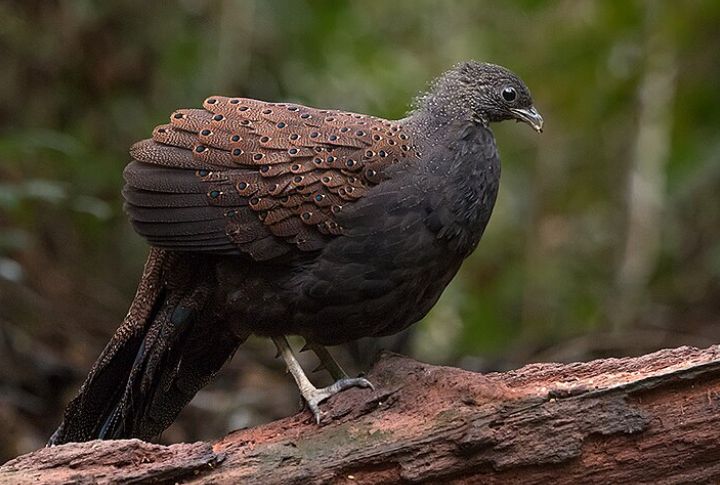
Spotting a Mountain peacock-pheasant in Malaysia’s highlands is like catching a shadow. Their feathers, dotted with glowing green-blue eyespots, shimmer as they move through dense undergrowth. These birds are already rare, and with forest corridors disappearing fast, finding one in the wild is becoming more and more unlikely.
Vietnamese Pheasant
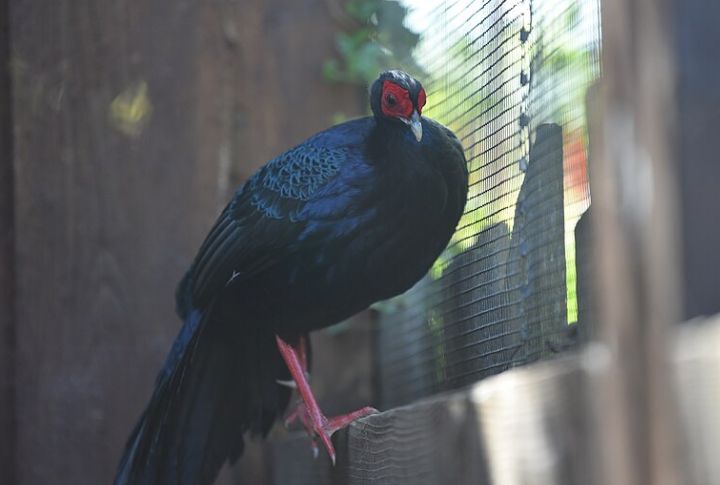
Scientists thought this bird was gone forever until 1996, but it suddenly reappeared, shocking the entire ornithology world. With vivid red wattles, males flaunt deep blue feathers plus bold white markings on their head and tail. Their return to Central Vietnam’s forests proved how the rarest birds can thrive with proper conservation efforts.
Bornean Peacock-Pheasant
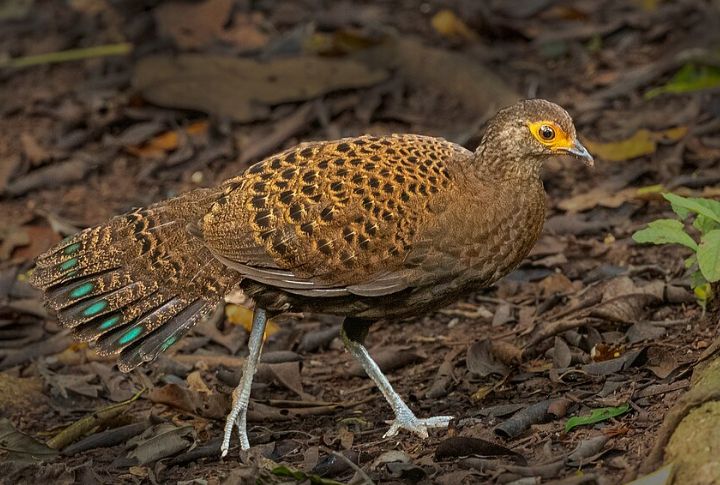
Even experienced local hunters rarely catch sight of this elusive bird hiding in Borneo’s thick, humid forests. Delicate green eyespots dot their soft velvet-brown feathers as they stick close to the forest floor. Every photograph of these birds becomes precious because actually spotting one feels almost impossible.
Sri Lankan Junglefowl
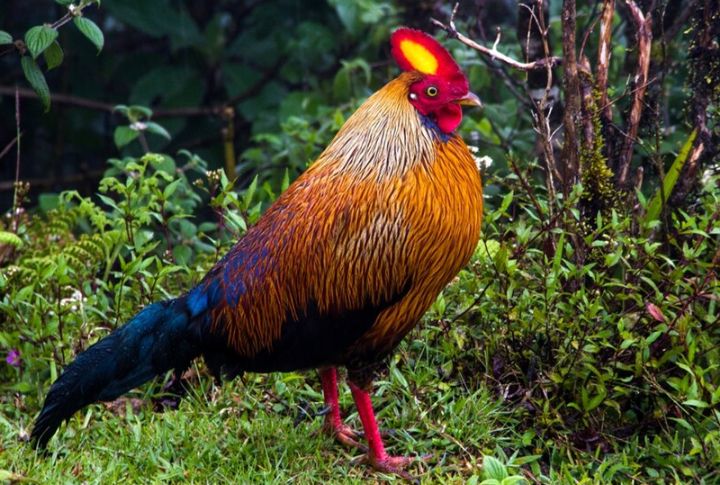
Flashes of orange and gold mark the Sri Lankan Junglefowl as it walks confidently between the bushes. Across the island, you can hear its raspy calls. Though related to domestic chickens, this national bird is far more vibrant. From wild forests to backyard gardens, the bird is comfortable adapting anywhere.
White Eared-Pheasant
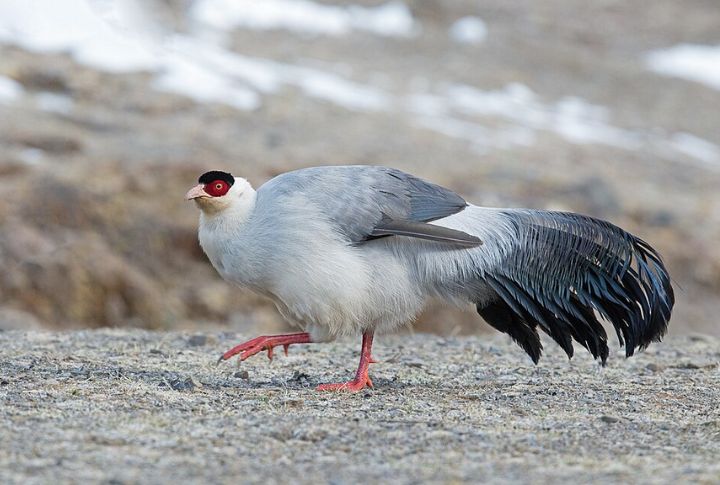
Snow-white feathers help these tough birds survive brutal Tibetan winters in the high mountain meadows. Their bright red facial skin and black-tipped tails create a dramatic contrast against the alpine environment they call home. Family groups often travel together to show the same quiet resilience as their harsh mountain home.
Hainan Peacock-Pheasant
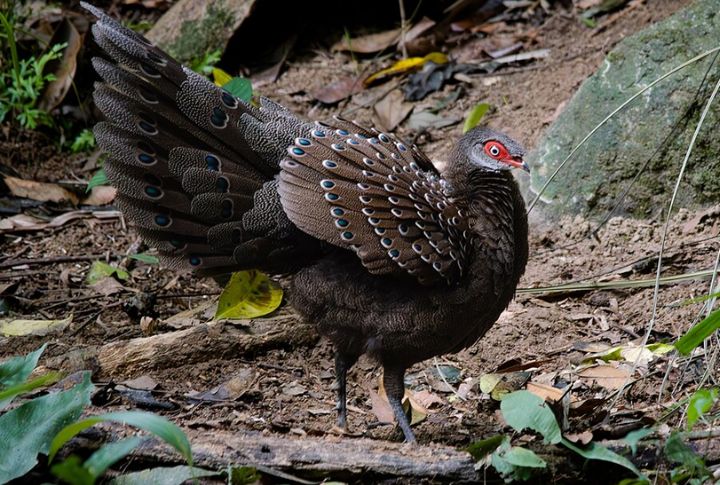
This critically endangered bird lives only on China’s Hainan Island, where habitat destruction threatens its survival daily. Males put on elaborate courtship shows, fanning their iridescent tails while making deep, resonant calls to attract females. Conservation teams are racing against time to save this species before it disappears completely.
